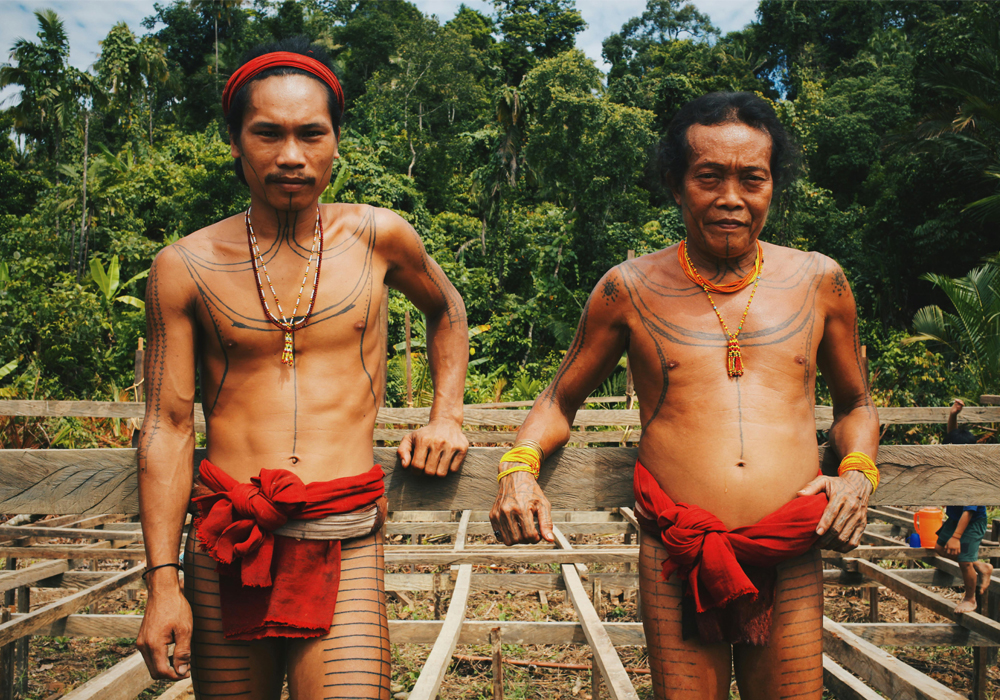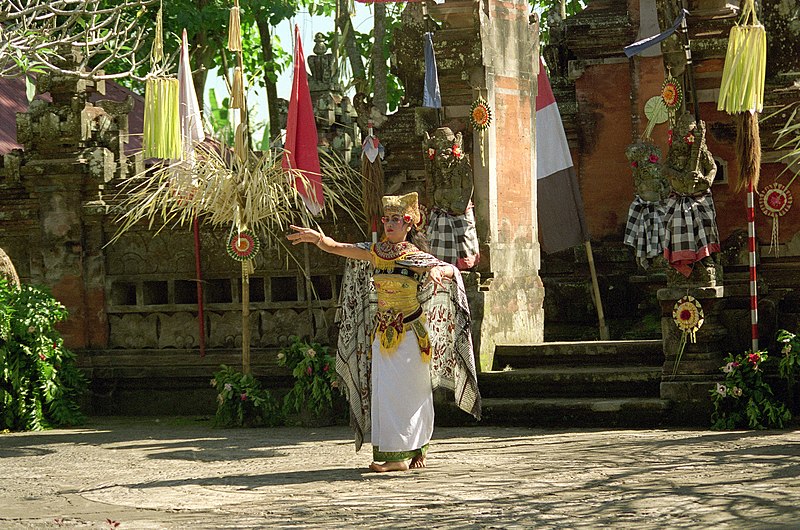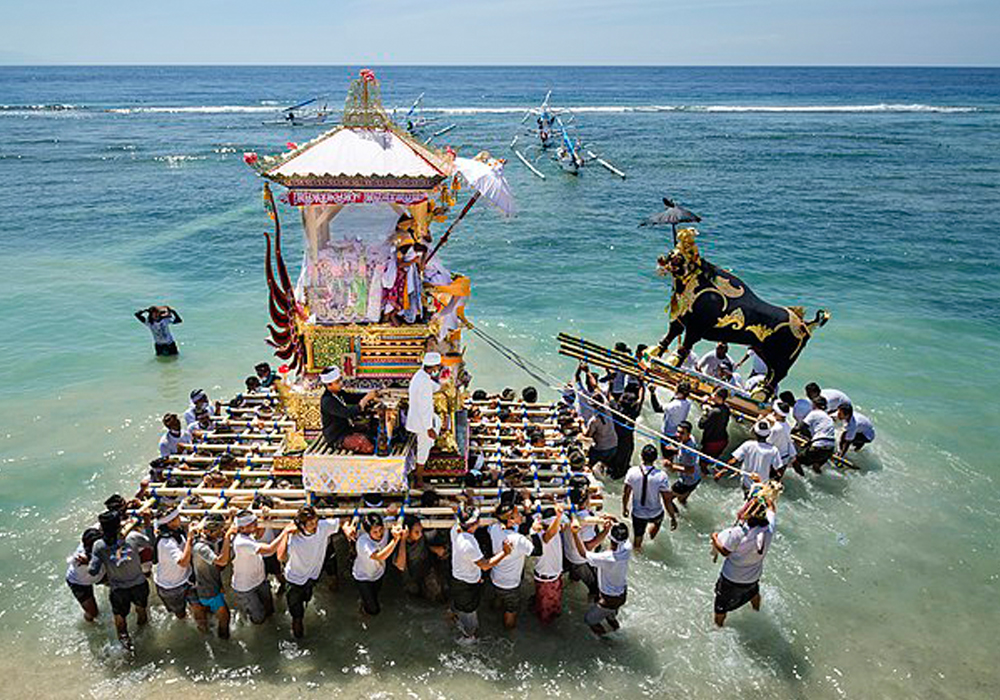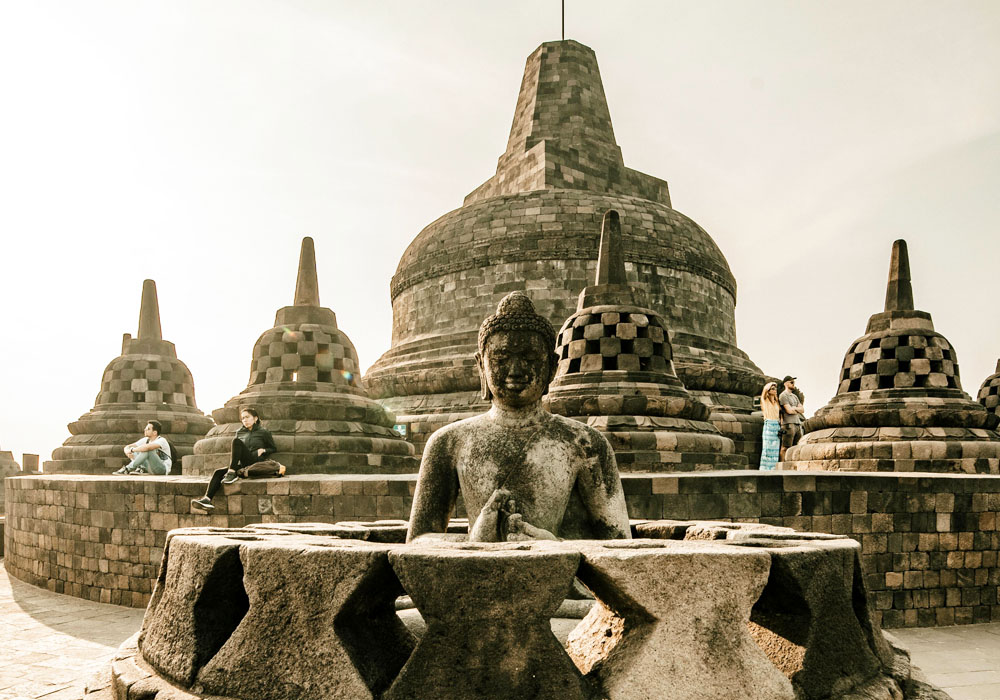Indonesian Ethnicity. Indonesia is home to over 1,300 recognized ethnic groups, making it one of the most ethnically diverse nations in the world. This vast number is derived from the country’s extensive archipelago, comprising thousands of islands that fostered the independent development of distinct cultures and languages.
Some of the major ethnic groups include the Javanese, Sundanese, Batak, Madurese, Minangkabau, Betawi, Buginese, Bantenese, Banjar, and Balinese. These groups, and hundreds of others, form the complex cultural tapestry of the nation.
Factors Distinguishing Indonesian Ethnicity Groups
The differences between Indonesian ethnic groups are primarily driven by language, custom (or adat), and traditional belief systems. Language is perhaps the most immediate differentiator; for instance, the Javanese speak Javanese, while the Sundanese speak Sundanese, and these are often mutually unintelligible.

Customs (adat) govern social life, ceremonies (like weddings and funerals), inheritance laws, and community structure, varying significantly from region to region. For example, the Minangkabau in West Sumatra follow a matrilineal system of lineage and inheritance, while most other groups are patrilineal or bilateral. Traditional architecture, music, dance, and distinct culinary traditions further reinforce these unique identities.
Identifying the Ethnic Majority in Indonesia
Yes, there is a clear ethnic majority in Indonesia. The Javanese people constitute the largest ethnic group, accounting for approximately 40% of the total population.
Their large numbers and historical influence are concentrated primarily on the island of Java, particularly in the central and eastern parts, and they hold significant sway in politics, culture, and governance.

Despite their majority status, they coexist within a framework of national unity that respects the rights and cultures of all minority groups.
Why Foreigners Should Explore Indonesian Ethnicity
Learning about Indonesian ethnicity is particularly interesting for foreigners because it offers a direct window into the nation’s incredible resilience, adaptability, and cultural depth.
Understanding the specific ethnic cultures allows visitors to appreciate the unique regional arts (such as specific batik patterns, traditional music instruments like the Gamelan, and distinct dances), social structures (like the gotong royong, or mutual cooperation, found in various forms), and religious syncretism that have evolved over centuries.
It moves beyond a superficial view of the country, providing the necessary context to understand contemporary Indonesian society, its politics, and its warm, complex people.
The Elements Binding Indonesia’s Diverse Ethnicities
The primary forces that unify Indonesia’s disparate ethnic groups are the shared national language, Pancasila, and the national motto. Bahasa Indonesia (the national language), though not the native tongue of most, serves as the essential language of communication, education, and government across all groups.

Pancasila (the five principles of the philosophical foundation of the Indonesian state—Belief in God, Just and Civilized Humanity, The Unity of Indonesia, Democracy, and Social Justice) provides a common ideological framework.
Most profoundly, the national motto, “Bhinneka Tunggal Ika” (which means “Unity in Diversity”), encapsulates the collective commitment to maintaining a unified nation while celebrating the inherent differences of its more than 1,300 ethnic groups.
